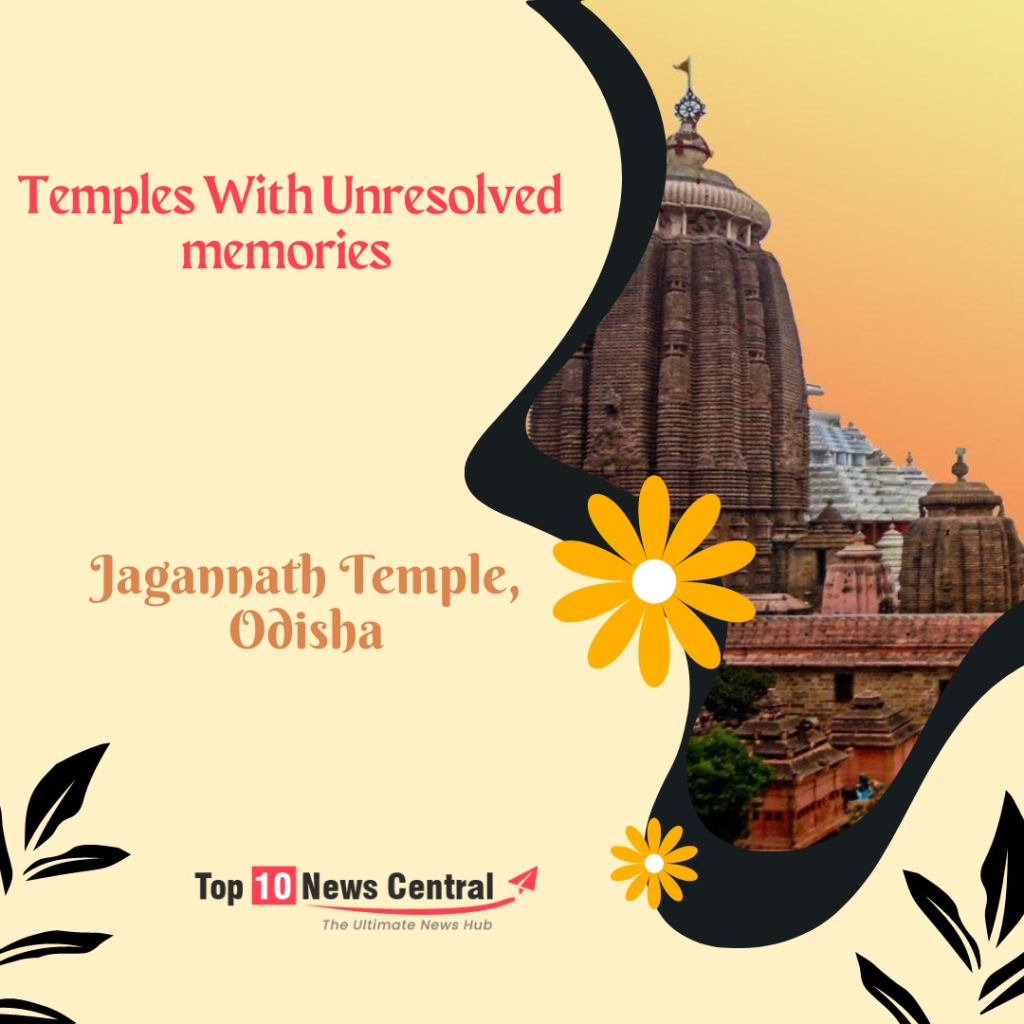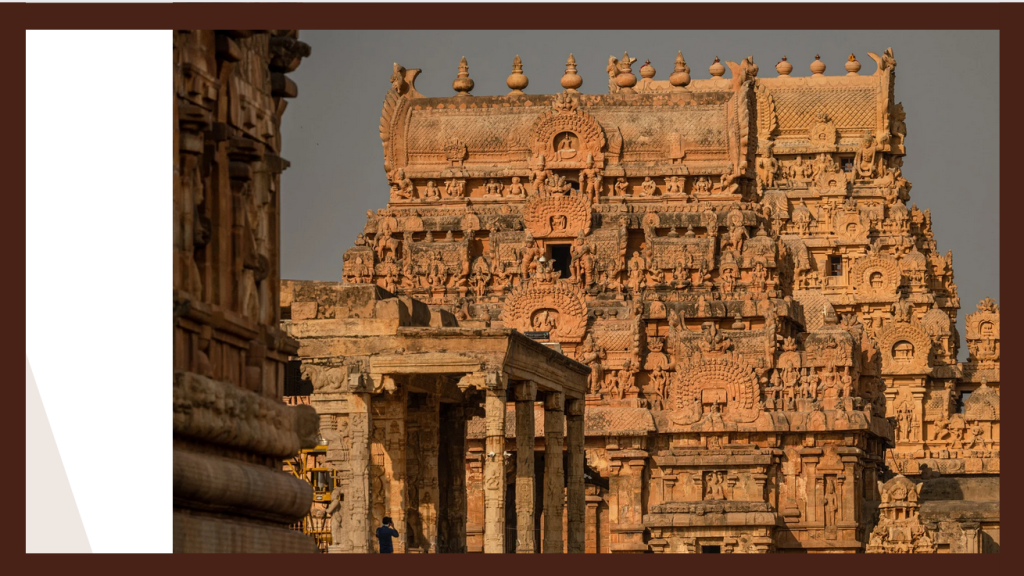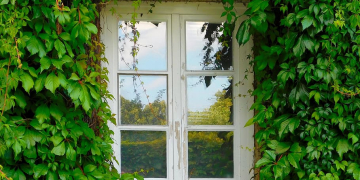Top 10 Temples in India with Unresolved Mysteries

Ancient Indian architecture is full of scientific principles. The temples prove that the architects were more adept than today’s professionals. They did not have any digitization or advanced equipment. But still, the designers created masterpieces that we cherish today.
Some of these temples have such mysteries that none have been able to decipher. Researchers have attempted to determine the principles behind these structures. Yet, the secretes of these temples remain undercover. Read on to find out about the top ten temples in India with unveiled mysteries.
10. Kadu Malleshwara Temple, Karnataka
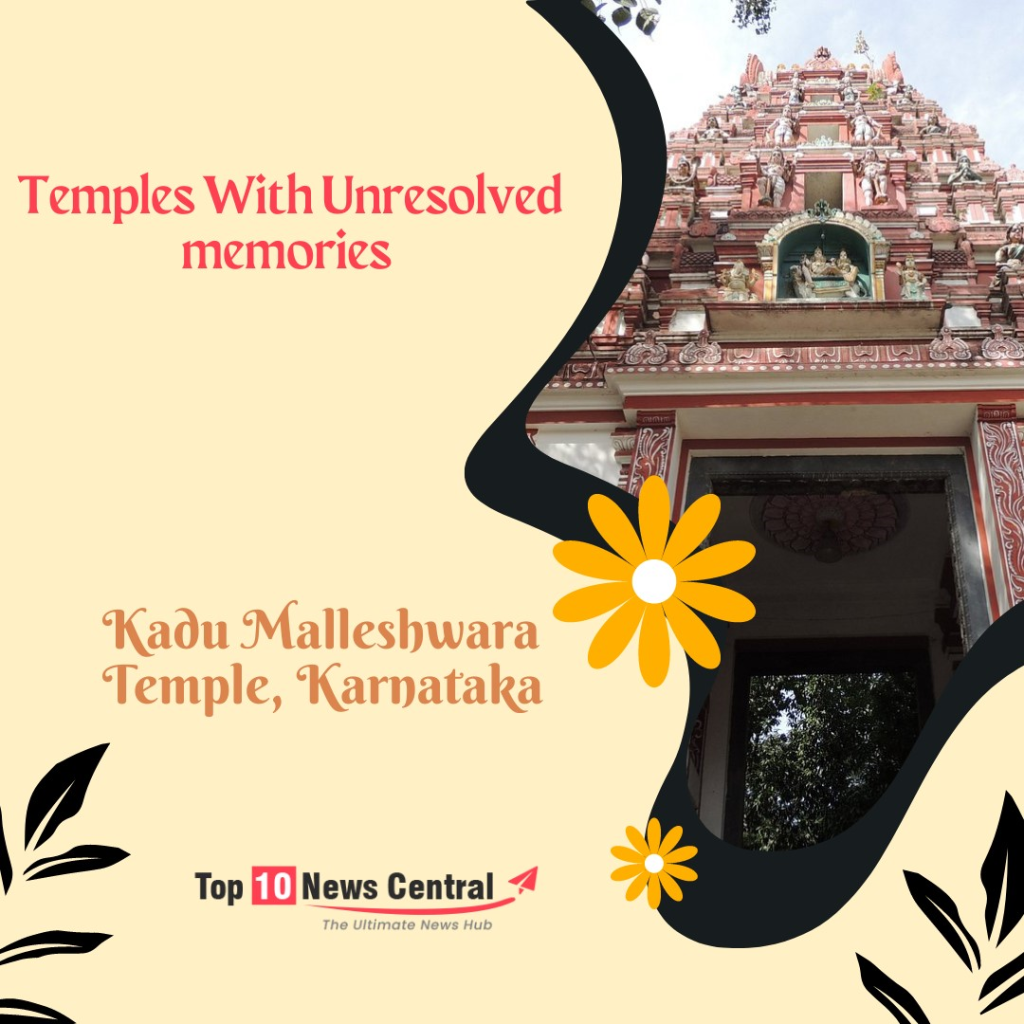
Kadu temple is of the Dravidian style of architecture. Architects built it in the 17th century AD. Its situation is in present-day Bengaluru. One has to climb forty steps to reach this creation and the famous Shiva Linga. The Nandi is in the southern direction, so this temple’s name is Dakshinamukhi Nandi. The unreal feature is the water flowing from Nandi’s mouth, whose source is unknown. Water flows from the Nandi to the Shiva Linga, called Kalyani.
9. Brihadeshwar Temple, Tamil Nadu
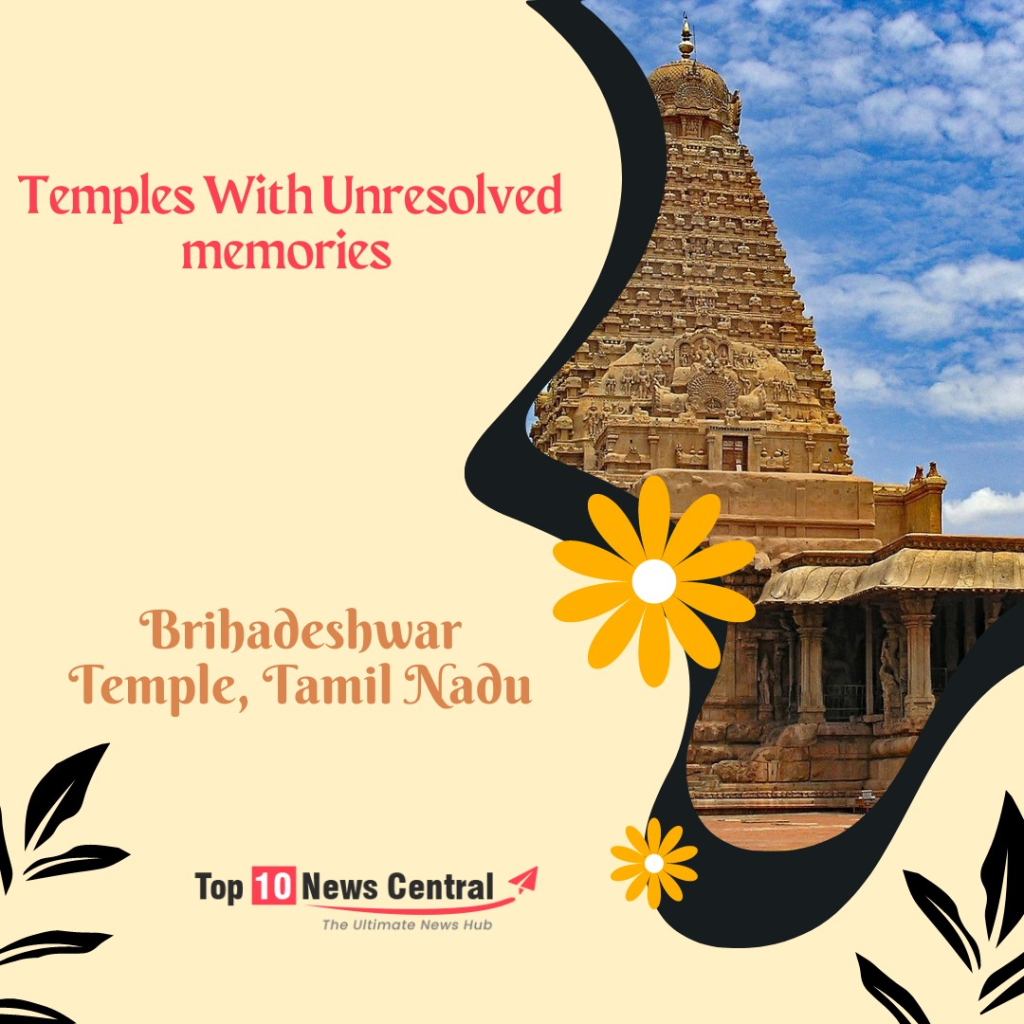
This temple is famous worldwide, and its location is in Thanjavur. The first name for this temple’s credit goes to King Chola in the 11th Century AD. This temple has also its name as a World Heritage Site under UNESCO. The architects have made the entire masterpiece with granite. They have cut the stones into different shapes and sizes. The approximate quantity of granite that the architects could have used is 13,000 tons. This temple stands out at 216 ft with a peaked stone weighing 80 tons. A dancing Shiva sculpture of 5m in length exists inside the temple. Researchers have found no granite source within 100 km of the temple. Also, the builders did not have advanced machinery. So, it is mysterious how the architects transported such heavy loads.
8. Sri Ranganathaswamy Temple, Tamil Nadu
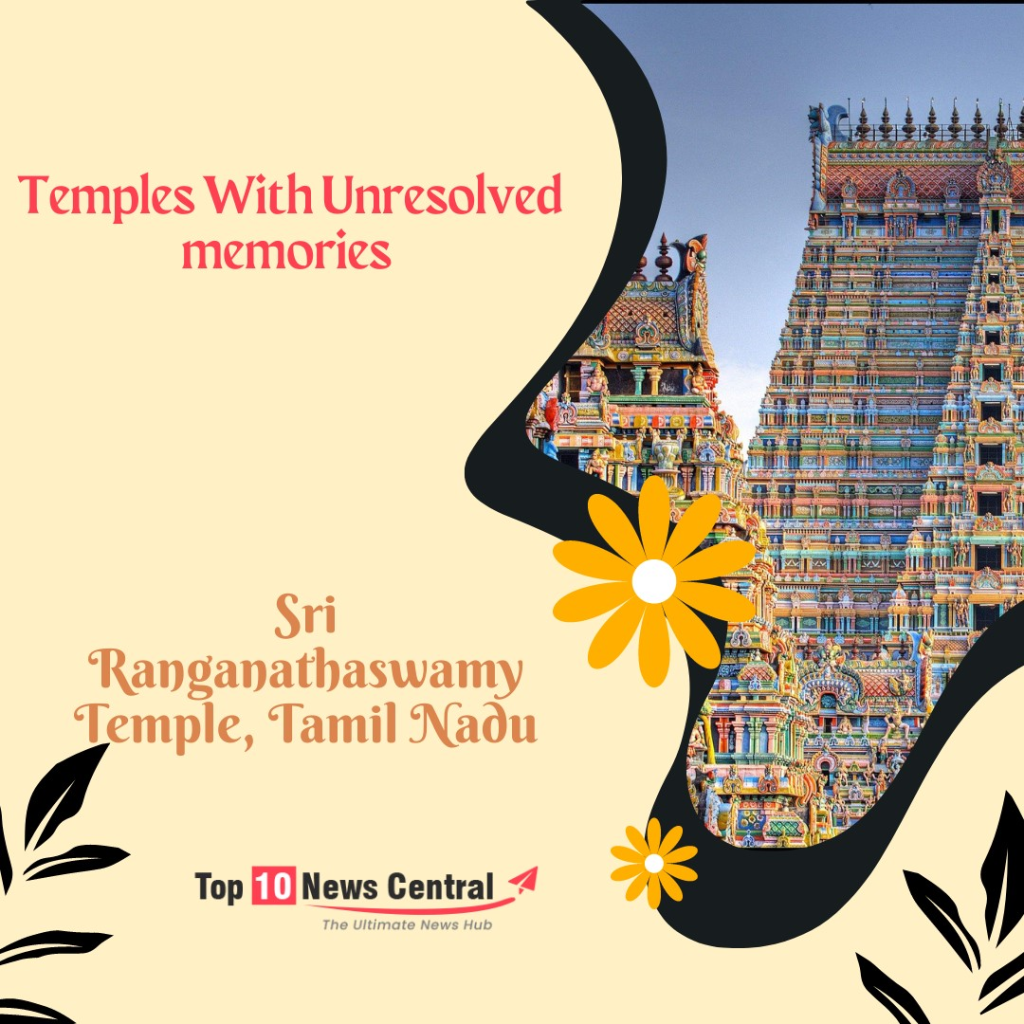
This creation is famous for being the centre of the Vaishnava movement. It dates between the first and fourth centuries AD and has an area of 155 acres. People also call this temple a temple city. This name is due to the 21 minarets and 39 natamandirs, among 50 other small temples. One can witness the Middle Ages Deccan civilization in all parts of this temple. The deity of this temple is Ranganatha, another incarnation of Lord Vishnu. This temple has made it to this list for having a mummified body of Ramanujacharya. He took birth in 1017 AD in Perumbudur village and later became this temple’s priest. People believe that Lord Vishnu gave the idea of mummification of Ramanujacharya. Devotees can see his thousand-year-old preserved body in a normal sitting posture.
7. Pancha Bhoot Stalam Temple, Tamil Nadu and Andhra Pradesh
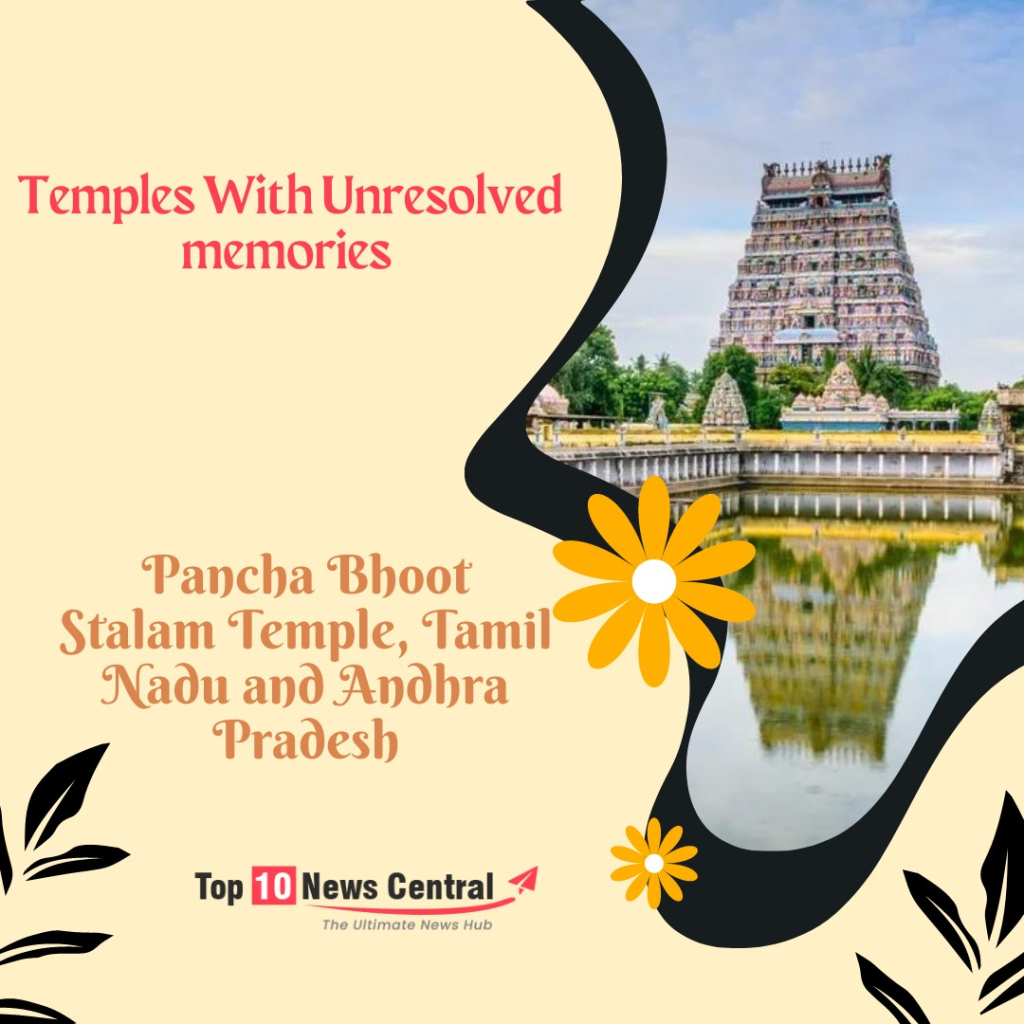
It is a group of five temples in Southern India where Lord Shiva is the deity. Four temples are in Tamil Nadu. These are Jambukeshwara, Ekambareshwara, Nataraja, and Arunachaleswarar. The last temple is in Andhra Pradesh, called Srikalahati. Legend says that Lord Shiva is the controller of the five natural elements in these temples. These are Marut, Kshiti, Tej, Apa, and Vyom. These temples are in the same alignment despite being in different cities. Researchers wonder how the architects managed such geographical precision without advanced scientific tools.
6. Veerabhadra Temple, Andhra Pradesh
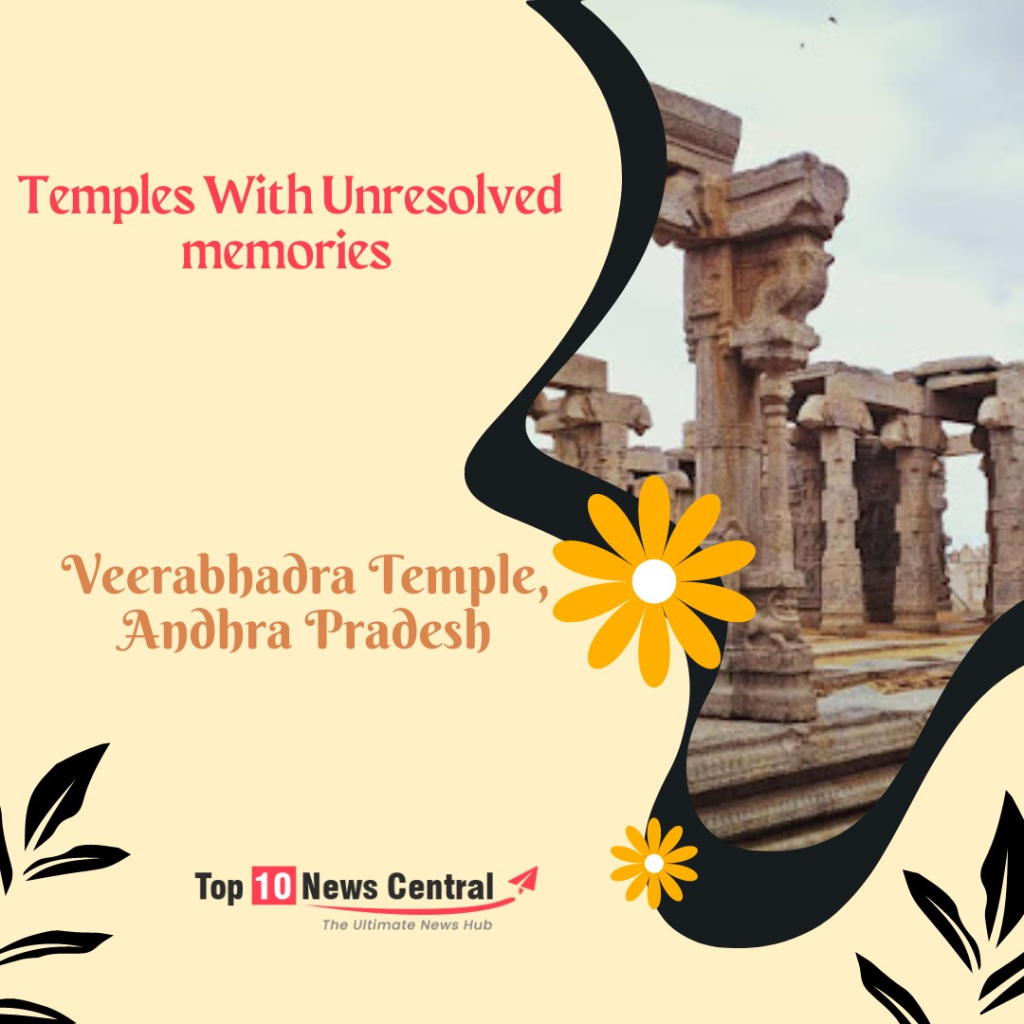
Also called the Lipakshi Temple, this creation is popular for many reasons. It contains the oldest and largest statue of Nandi. Also, a massive stone snake statue surrounds the Shiva linga. But the strangest part of this temple is its hanging pillar. Out of the seventy pillars in this temple, this one is the most mysterious. It has been hanging since ever without touching the ground. There is an inexplicable gap of around an inch between the ground and this pillar. Natives believe that a British architect tried to crack the pillars. He wanted to understand the principles but failed.
5. Vittala Temple, Karnataka
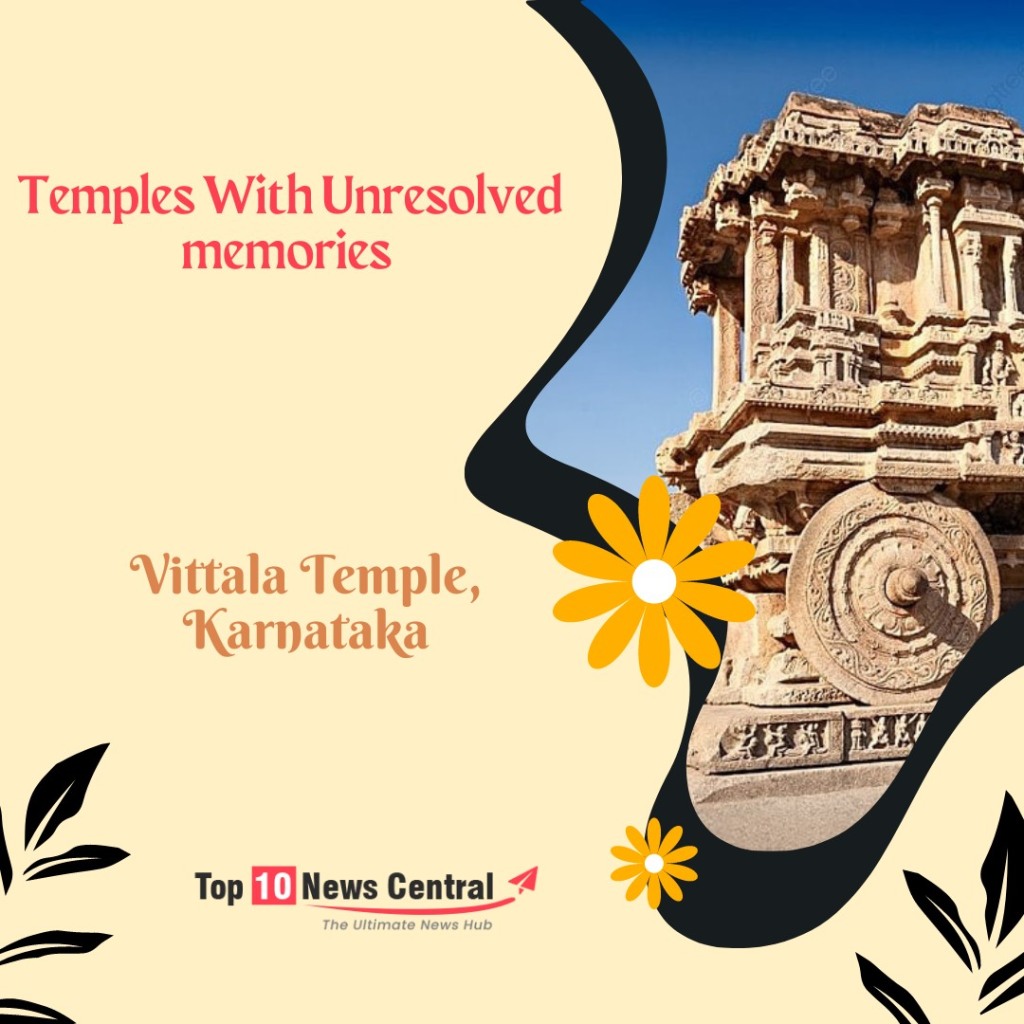
It is a unique temple in Hampi and along the southern side of the Tungabhadra River. The structure dates back to 1500 BC. According to Hindu mythology, Vittal is an incarnation of Lord Vishnu. Its style of design and construction stands out from other Indian temples. UNESCO has recognized this temple as a World Heritage. The Ranga Mandap portrays the primary deity’s sculpture. The unexplained attribute of this masterpiece is its pillars. This structure has 56 pillars that create the seven tunes of melody on tapping. Despite many attempts to find the reason, no one has understood the technique.
4. Ananta Padmanabha Swamy Temple, Kerala
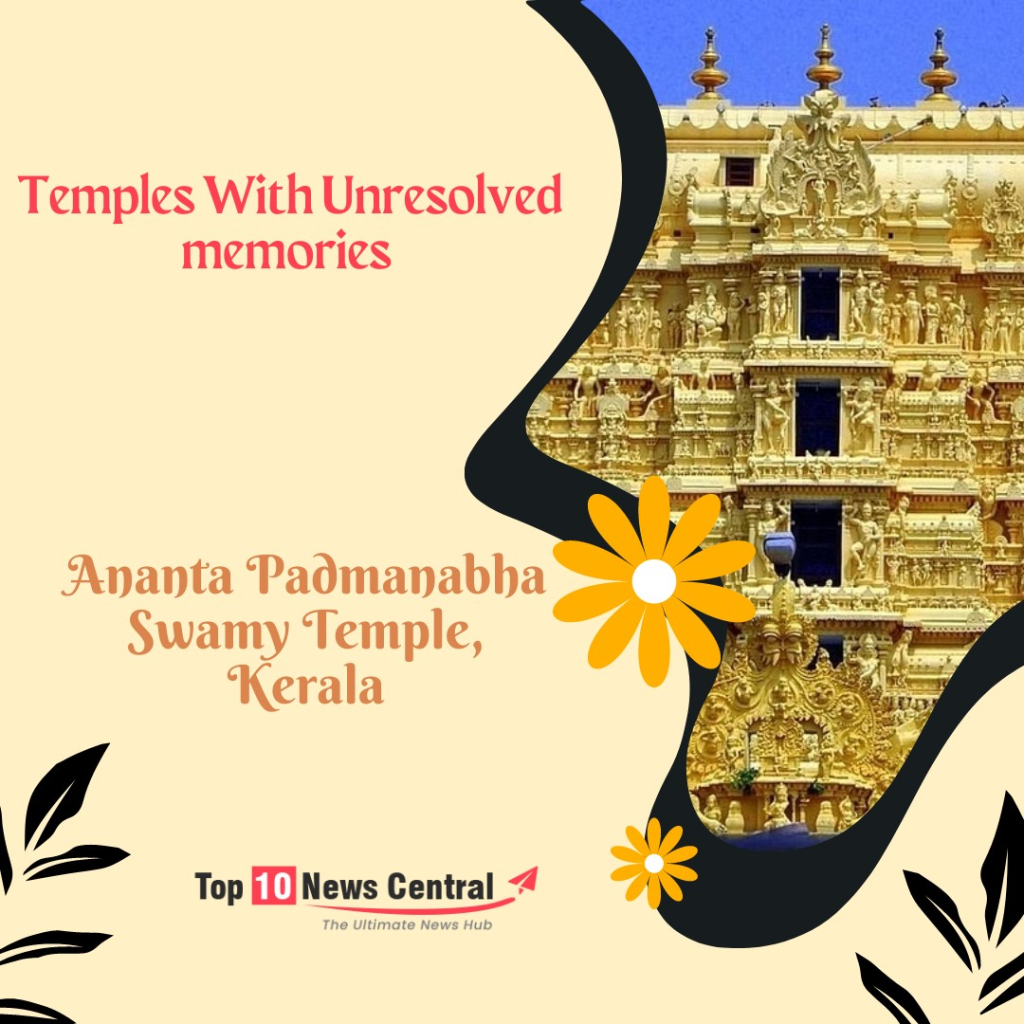
This temple is in the capital city of Thiruvananthapuram. The deity of this temple is an incarnation of Lord Vishnu. One can see the sculpture of Lord Vishnu lying on an everlasting bed. This creation comprises seven mysterious rooms, out of which six are open to the public. The authorities have locked the seventh secret room. Authorities revealed gold ornaments from the six rooms worth around $22 billion. But, the stranger area of this temple is the seventh room. No one has yet been able to open this room so far. This room has no locks or latches but has two snake marks on the door. People say that Nagabandhanam has closed this door, and attempts to open it may be lethal.
3. Jagannath Temple, Uttar Pradesh
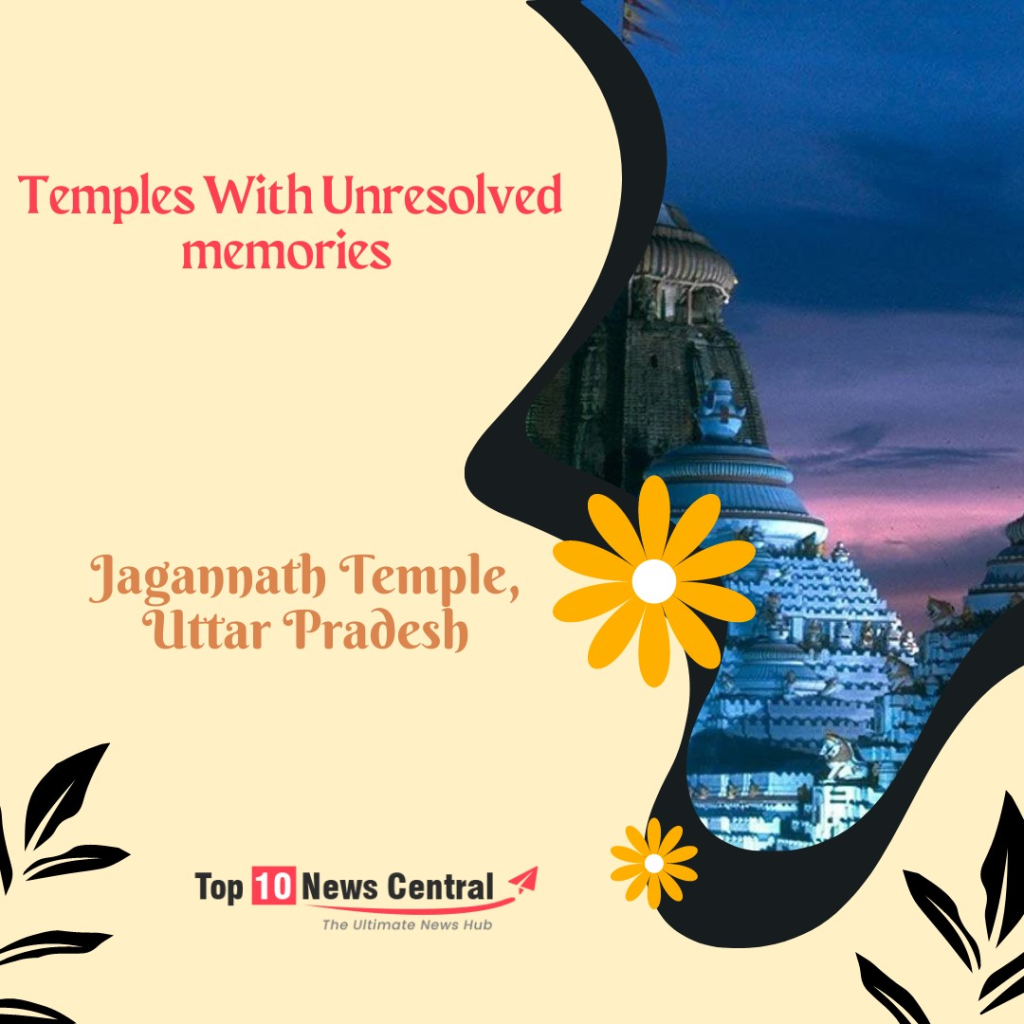
It is another temple where the primary deity is Jagannath. The location of this temple is around 40 km from Kanpur. The age of the idol is around a thousand years. The reason why this temple is mysterious is its monsoon prediction. It is about the water dripping from the temple’s roof. Local farmers believe that the dripping amount decides the extent of rainfall. This process happens a week before the rain starts. They can understand from the dripping flow about the rainfall level. It may be moderate, scattered, or heavy. Also, when the rainfall starts, the water dripping stops completely. No water trace exists on the rooftop at that time. Natives from 35 nearby villages depend on this phenomenon for rain prediction. They say there has been no mistake in this prediction since time began. Farmers prepare for agriculture based on this unexplained forecast.
2. Airavateshwara Temple, Tamil Nadu
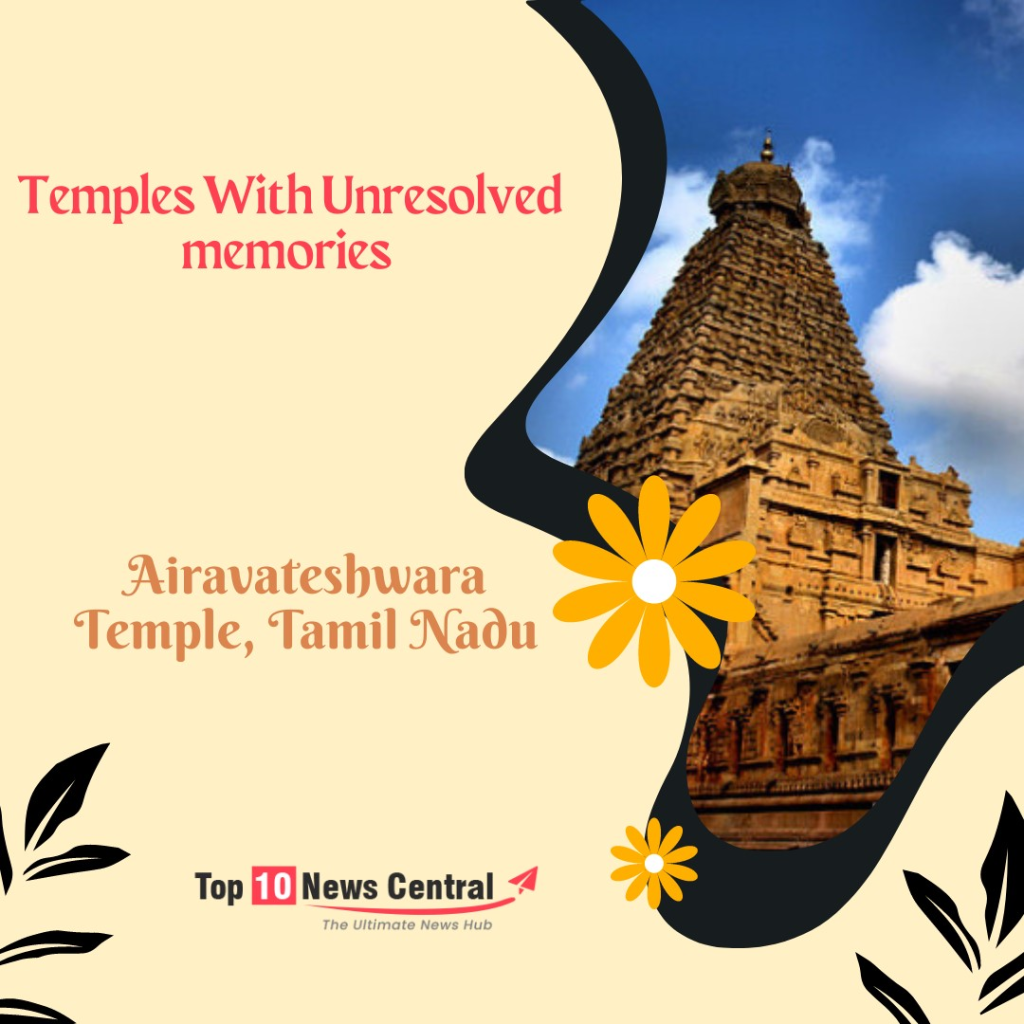
This temple is in Darasuram in the South Indian state of Tamil Nadu. Rajaraja Chola built this structure in the 12th century AD. The temple is as per the Dravidian style of architecture. The temple has elegant and vibrant carvings that add to its beauty. It also carries the label of UNESCO World Heritage. Its mysterious aspect is that of the musical staircase. The seven stairs at the entrance create harmonies of the seven tunes in music. When anyone walks on the stairs, one can hear the tones of Sa, Re, Ga, Ma, Pa, Dha, and Ni. The stone stairs create melodies, but no one knows why and how. Currently, authorities have surrounded these stairs with metallic grills for protection.
1. Jagannath Temple, Odisha
